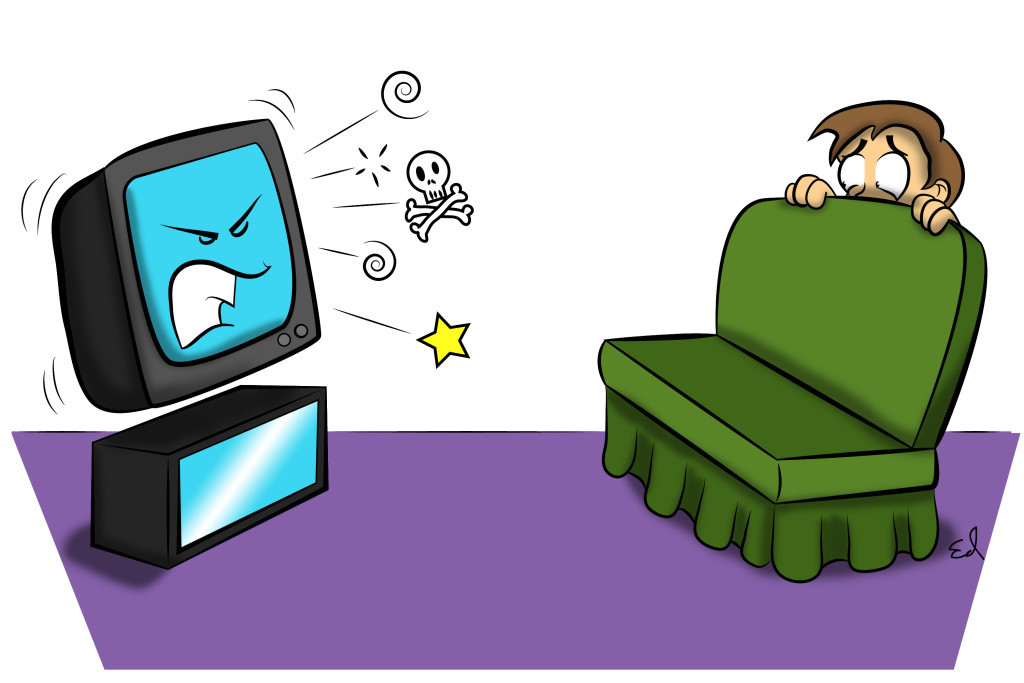
‘Lust for Life’ album review
By Carlos Bilan, Staff Writer
4/5
Donning flower flourishes in her silky brown hair and wearing a radiant smile, the enigmatic Lana Del Rey returns—appearing happy for once—on the artwork of her latest album Lust for Life.
A “happy Lana Del Rey” seems to be an oxymoron when her discography is examined. In Born to Die (2012), Del Rey flirts with nihilism, materialism, depression, and heartbreak with a possibly older romantic love interest, hence her notorious reputation of possible daddy issues. In the sophomore Ultraviolence (2014), she takes sadcore up a notch by injecting it with steroids and cocaine, as the album revolves around a toxic relationship and alludes to violence. This is followed by the wildly passionate and cinematic Honeymoon (2015), wherein Del Rey showcases bravura—she is still sad, but she is shining. In Lust for Life, Del Rey takes a break from the conceptual album route and patterns Born to Die’s structure: There is not really a story but the tracks work together. She still sings about sadness in Lust for Life, but she is more optimistic this time around.
If there’s anything Del Rey is perhaps famous for it’s her trademark style of juxtaposing sophistication with profanity. In album highlight “Cherry,” Del Rey sings, “My cherries and wine, rosemary and thyme, and all of my peaches are ruined,” as she hiccups “bitch” and “fuck” throughout the song. On the surface, it might sound like a song where she’s angry at pests for ruining her tranquil moment, but Del Rey makes it sound poetic with her endearing voice and clever inflections. Another even more explicit example is “In My Feelings” where Del Rey says, “I’m crying while I’m cumming” during the verses and asks, “Who’s doper than this bitch?” in the chorus—an arguably empowering anthem.
This album also marks Del Rey’s first record to feature guest appearances. Del Rey dances on the H of the Hollywood sign with The Weeknd in the title track as they evoke the lust to be alive. Two tracks in the album feature A$AP Rocky, namely the trap track “Summer Bummer,” which also features Playboi Carti, and the dreamy “Groupie Love.” They are placed next to each other on the album.
In “Summer Bummer,” Del Rey goes all in with the trap genre—something she hasn’t done before—and sings about blood-red sangrias, white lines, and black beaches. In the latter track featuring Rocky, Del Rey and the rapper conjure the feeling of romance. In the duet “Beautiful People, Beautiful Problems,” Del Rey makes magic with Fleetwood Mac legend Stevie Nicks, and the result is a magical chemistry. Last but not least, in the Sean Ono Lennon-assisted folk duet “Tomorrow Never Came,” the duo evokes tranquillity, making you feel like you’re listening to them sing along with the birds in a sun-lit forest by a lake.
Lust for Life also includes Del Rey singing about politics—another thing she has never done—but she does this with sincerity and not to the point of approaching edgelord territory. In her heartfelt ballad “Coachella – Woodstock in my Mind,” Lana sends a prayer to the world and for the following generations to come in these moments of chaos. She sings about trading all her fortunes away if she could ask God one question, which is perhaps if He could stop all the chaos currently happening. In “When the World Was at War,” Del Rey wonders if it is the end of America when looking at the current political climate, but she assures listeners that “It’s only the beginning” and “if we hold on to hope, we’ll have a happy ending.” In the earnest “Change,” the last track she recorded for the album, Del Rey sings about feeling change externally or internally, then makes a statement that change is powerful and we will feel it when it happens.
A track that deserves to be singled out is the exhilarating up-tempo closing track “Get Free,” which is her “modern manifesto” to “move out of the black and into the blue.” We can assume that Del Rey has made it a personal commitment to think positively, maybe signalling that she really has finally discovered happiness.
In essence, Lust for Life is Del Rey’s most balanced work to date, showcasing a wide range of elements from different genres such as trap, trip hop, and hip hop. While it may not be as cinematic or evidently cohesive as its conceptual predecessors Honeymoon and Ultraviolence, Del Rey’s Lust for Life not only represents itself as musical evidence of her current state of being, but also serves as a sincere and sublime present for her fans.

